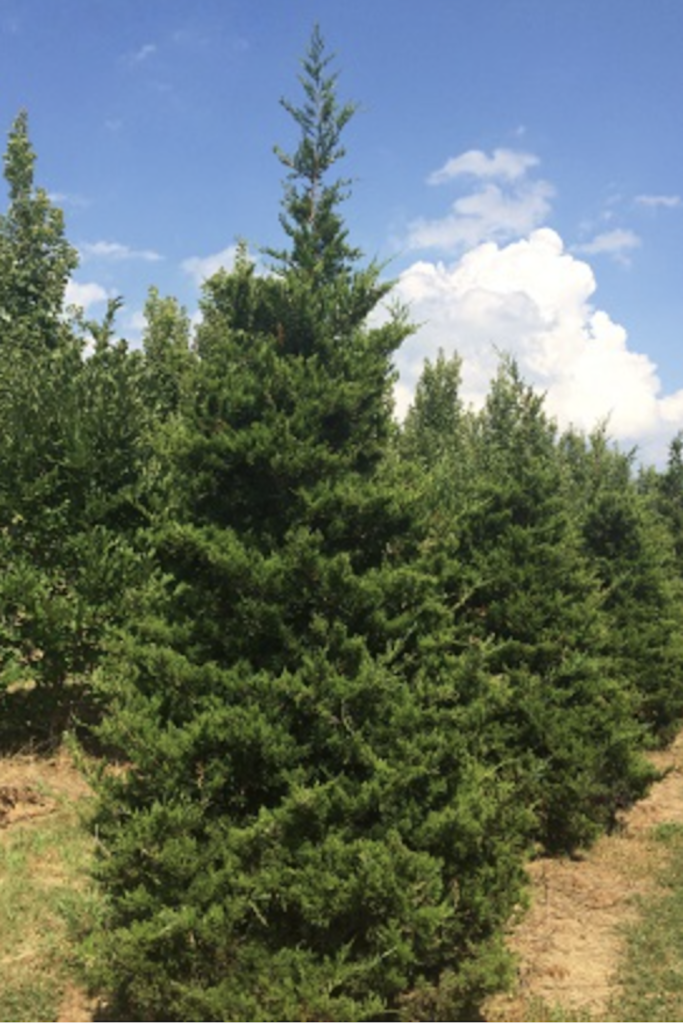
A Stately Native
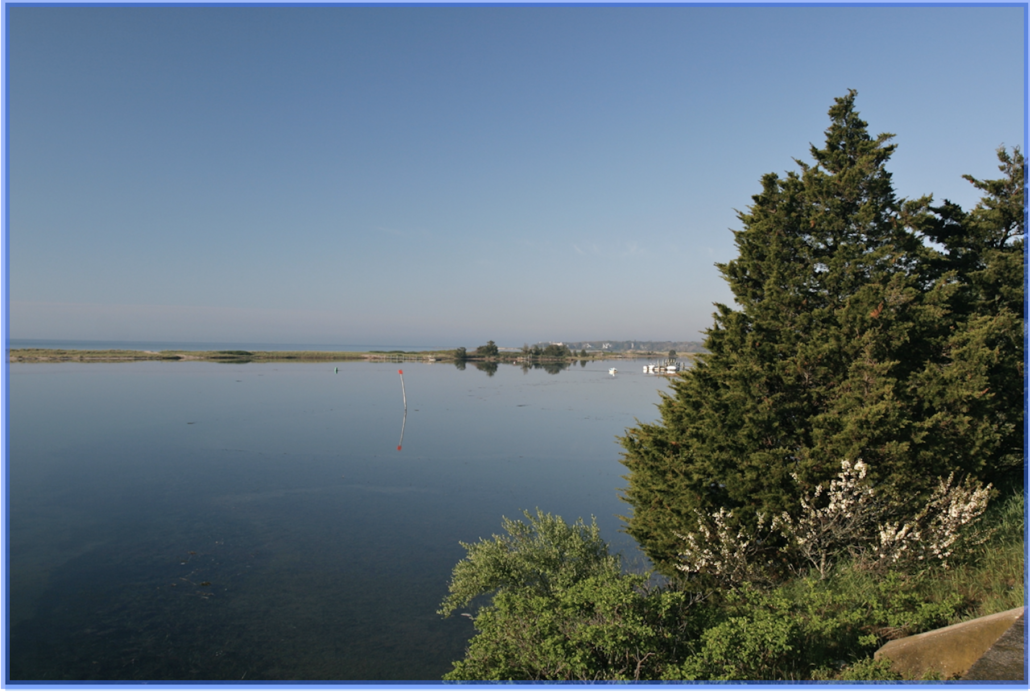
Many folks are looking for ways to reduce the human impact on the environment. Others lack the time or resources to manage pests or maintain shrubs that require frequent pruning or irrigation. These people should look to sustainable plant lists as an invaluable resource.”_http://www.nanps.org
There is a lot of information today about sustainability and its simple principle: Everything that we need for our survival and well-being depends, either directly or indirectly, on our natural environment. This is the big picture of creating and maintaining conditions that promote harmony between people and nature for the present and future generations.
As gardeners, we can make a significant contribution by becoming knowledgeable about plant communities and make choices for our own gardens that engender the above principle. “Sustainable landscapes are responsive to the environment, re-generative, and can actively contribute to the development of healthy communities. Sustainable landscapes sequester carbon, clean the air and water, increase energy efficiency, restore habitats, and create value through significant economic, social and, environmental benefits” ( ALA_Sustainable Sites Initiative ). With a closer look at those plants that are natives to our area, we can make informed choices about introducing them into our man-made landscapes.
There has been renewed interest in native plants (those found growing outside of cultivation in this region during pre-Colonial times) which often are better acclimated, less pest prone, and more favorable for native wildlife than exotic plants. However, plant survival with minimal maintenance is not the only issue in sustainability, proper siting, planting and maintenance are necessary for a plant to prosper in the landscape.
Even without introduced pests, some native plants have problems in our landscapes where they are far removed from their natural environments. A fabulous forest shrub can have serious difficulties when sited between a driveway and a sidewalk. It is likely that a sustainable landscape will feature many native plants, but we think there are many non-natives that should be considered as well.
In your research on suitable natives consider the beautiful Eastern Red Cedar and it is hoped the brief introduction below will suggest an area for its addition to your landscape.
Juniperus, virginiana The Eastern Redcedar_Fact Sheet: :http://www.na.fs.fed.us/pubs/silvics_manual/volume_1/juniperus/virginiana.html. The trouble with common names is apparent with the evergreen tree discussed here. It is not a member of the Cedrus genus at all but as you can see a member of the Juniperus genus. To confuse matters more we have the Atlantic White Cedar, Chamaecyparus, thyroides or as the genus name denotes a false cypress. Both trees are coniferous evergreens and their range is similar as is their overall form, needle structure, and cone.
The photos included here show the native Juniper virginiana in various settings on Cape Cod, where they have found a very happy home. Our climate, acid soils, and lack of climax hardwood forests allow these trees to proliferate in upland meadows as well as areas near the coast. They are very tolerant of the prevailing coastal conditions and are often selected as additions to the man-made landscape for seaside properties.
It is a pioneer invader, meaning that it is one of the first trees to repopulate cleared, eroded, or otherwise damaged land. It is unusually long-lived among pioneer species, with the potential to live over 850 years. Although native, it is sometimes considered invasive however here it is not currently listed as such. It is also host to Apple Cedar Rust so caution should be used when selecting those trees that are susceptible to this blight ( Ornamental Apples, Hawthorne, Mountain Ash, Quince ).
The picture below shows the gall on the foliage and then the gelatinous mass as the spores are emitted. All this aside, there are some beautiful cultivars/varieties of the genus that are somewhat resistant and add valuable interest to the landscape.
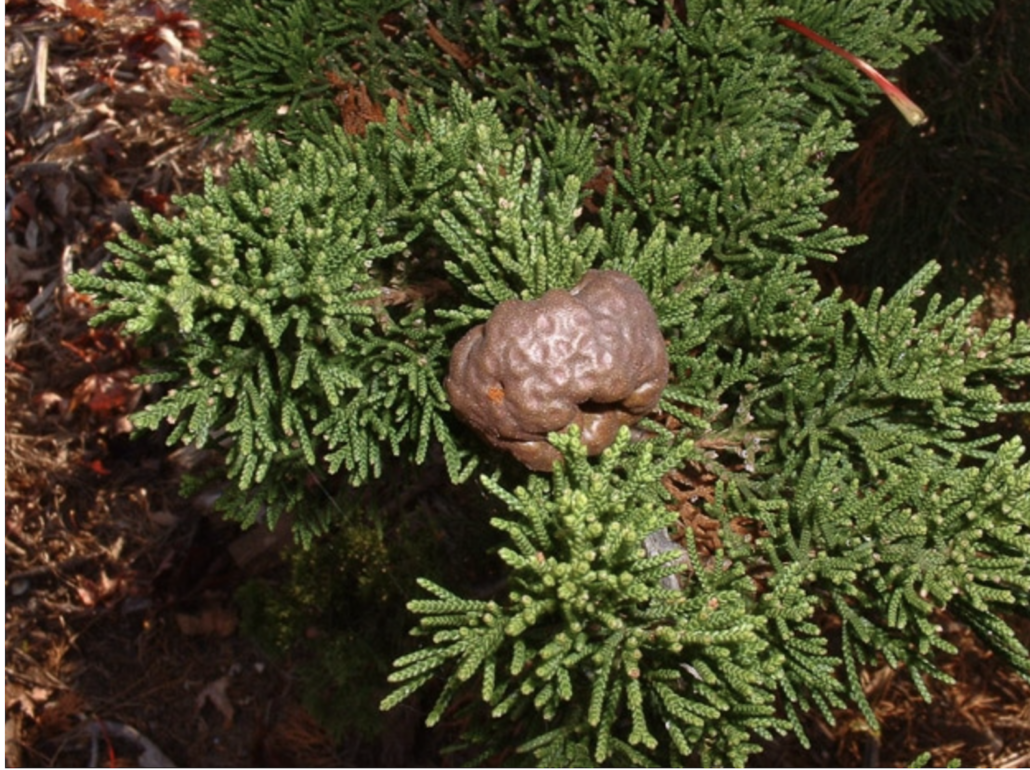
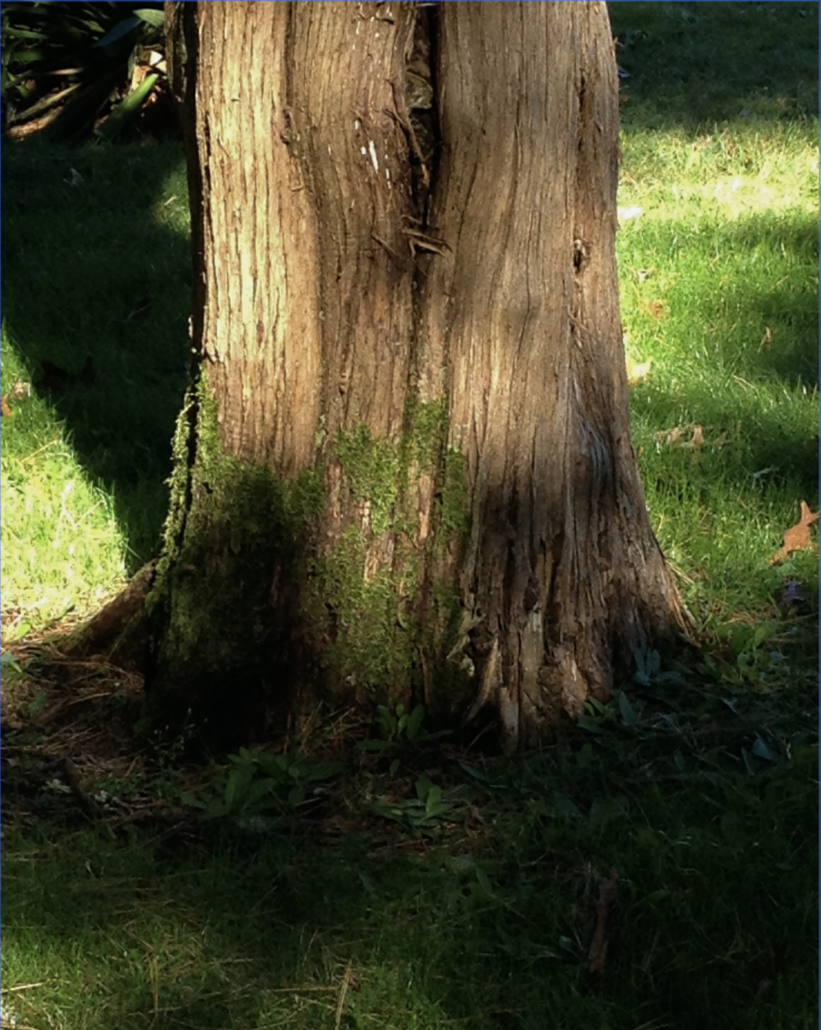
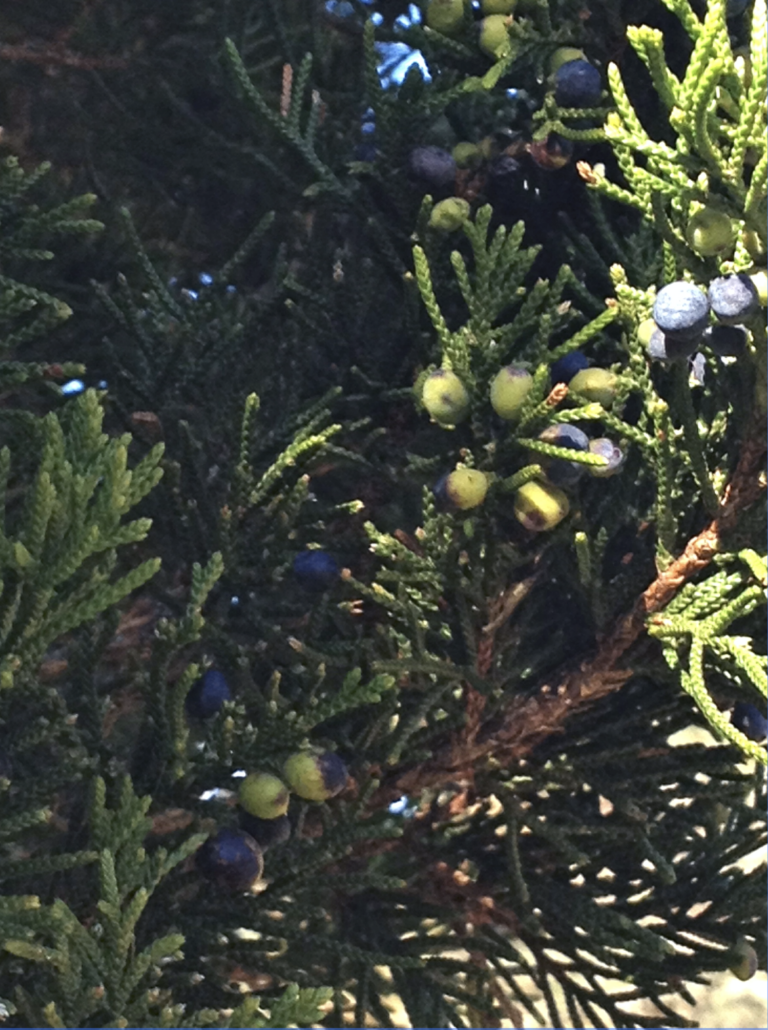
Pictured below is a cultivar of the species Juniperus ‘virginiana’_Emerald Sentinel. A handsome addition to the home landscape. When conservation boards require native plant mitigation the native juniper is widely accepted and suggested for coastal locations as it will tolerate the harshness of those sites.
